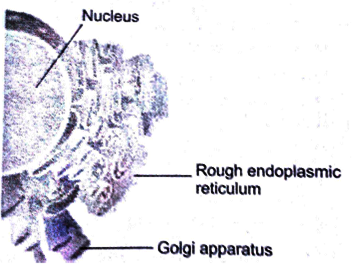Key is a taxonomical aid that helps in identification of plant and animal species. These keys are based on similarities and dissimilarities in characters, generally in a pair called couplet.
Each statement in a taxonomic key is referred to as a lead. For categorizing each taxonomic rank, such as family, genus, species, etc., different keys are used. It is also useful in identification of unknown organisms.
Keys are of two types- indented and bracketed keys.
Key are analytical in nature and help to identify the differences between species and identify new species.
Illustrate the taxonomical hierarchy with suitable examples of a plant and an
animal.Given below is the scientific name of Mango. Identify the correctly written name.
Mangifera Indica
Mangifera indica Order
Order Phylum
Phylum Kingdom
Kingdom Species
Species Order
Order Kingdom
Kingdom Genus
Genus Order
Order Phylum
Phylum
Try to collect all the currently accepted meanings for the word ‘species’. Discuss
with your teacher the meaning of species in case of higher plants and animals on one hand, and bacteria on the other hand.
Define and understand the following terms:
(ii) Class
Define and understand the following terms:
(iii) Family
Define and understand the following terms:
(iv) Order
Nomenclature is governed by certain universal rules. Which one of the following is contrary to the rules of nomenclature?
Which one of the following is not correct statement?
Which one of the following organelle in the figure correctly matches with its function?
Which one of the following organisms is scientifically correctly named, correctly printed according to the International Rules of Nomenclature and correctly described?
ICBN stands for
Select the mismatch :